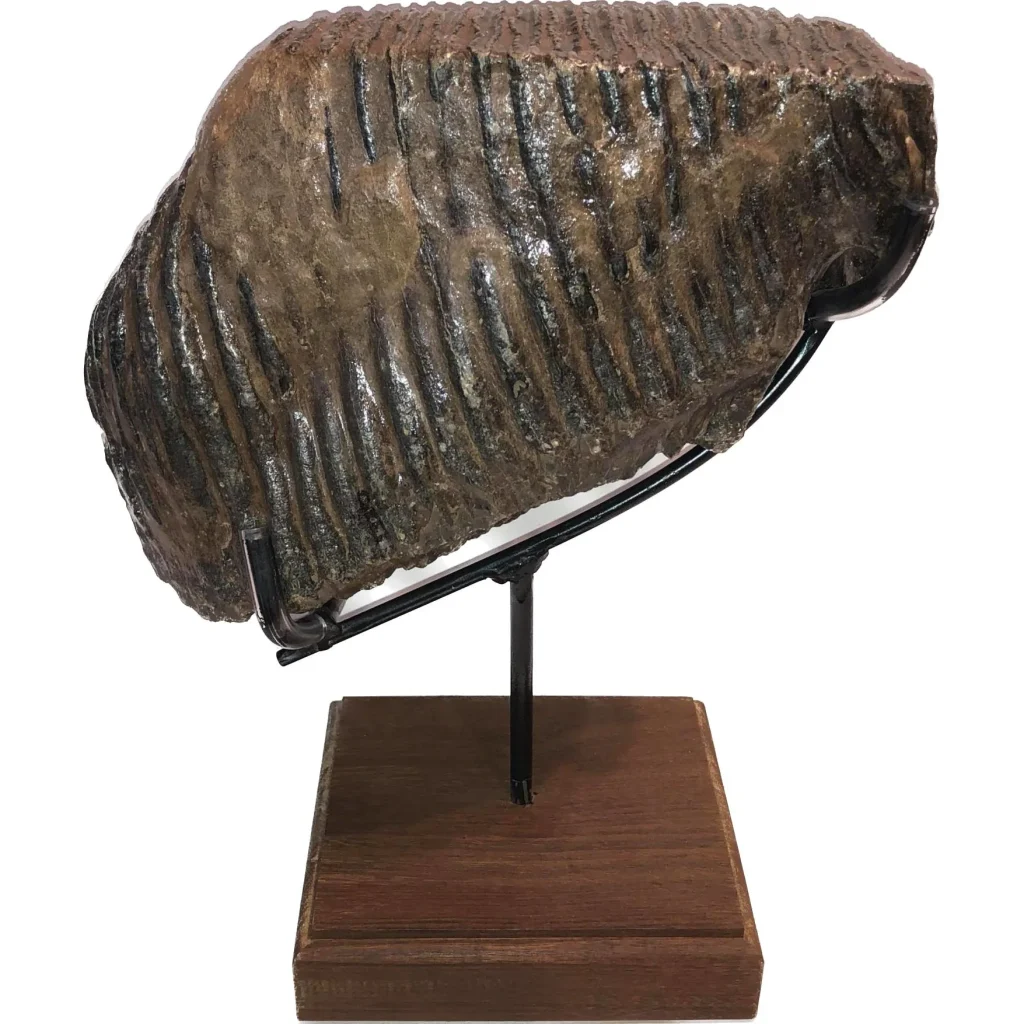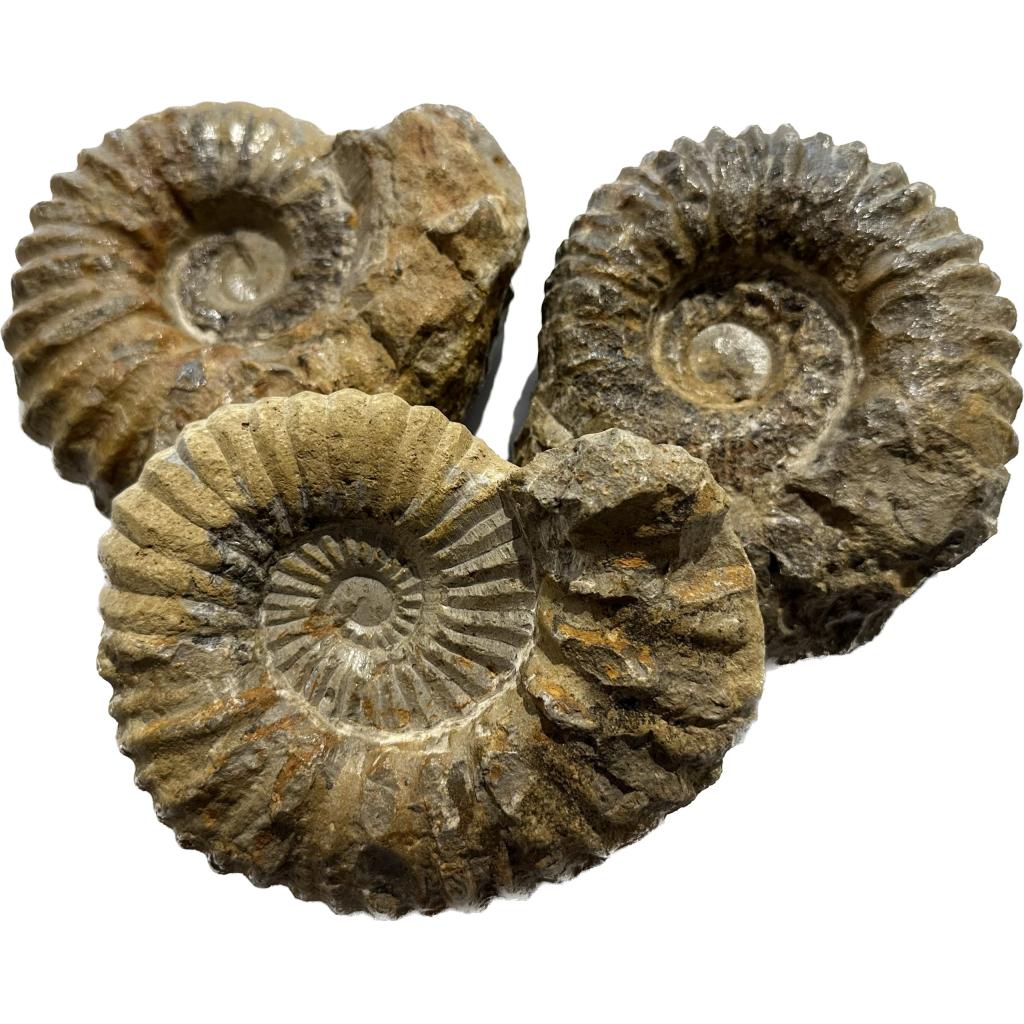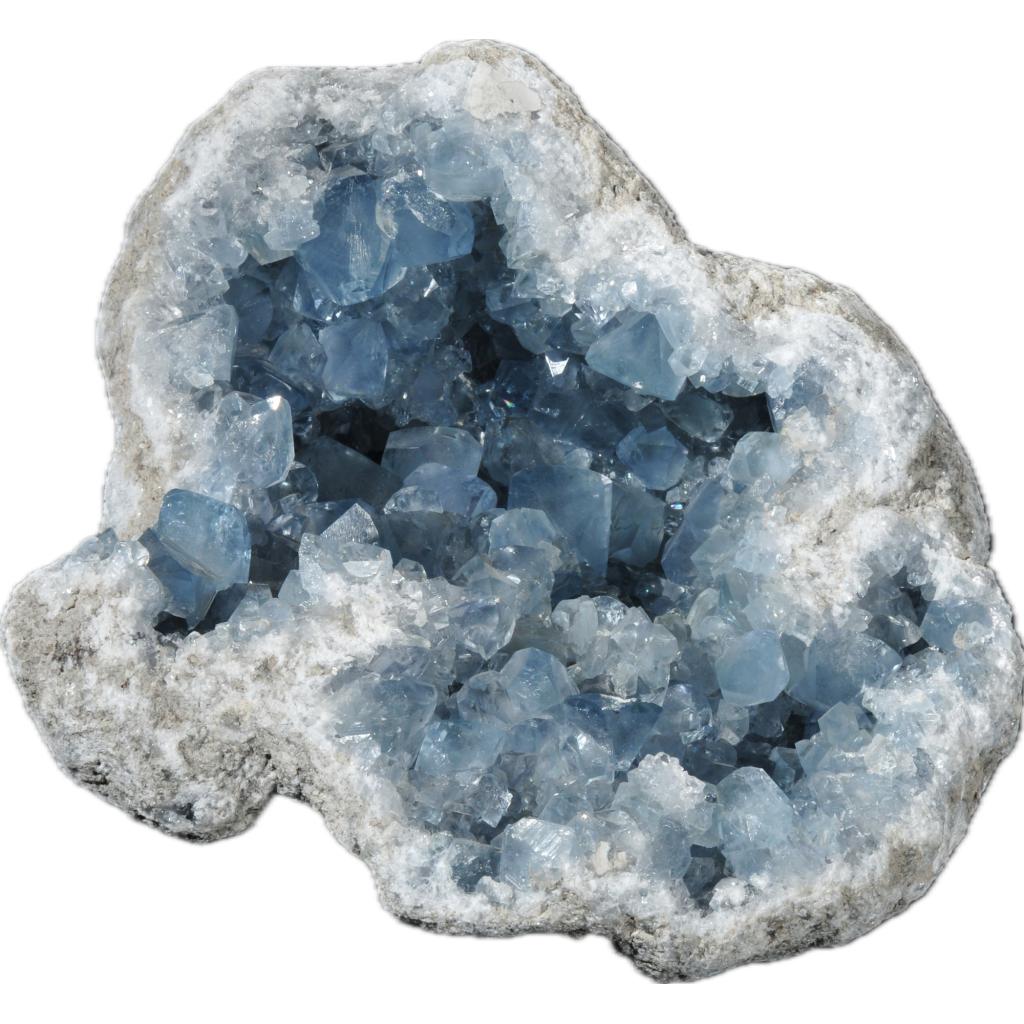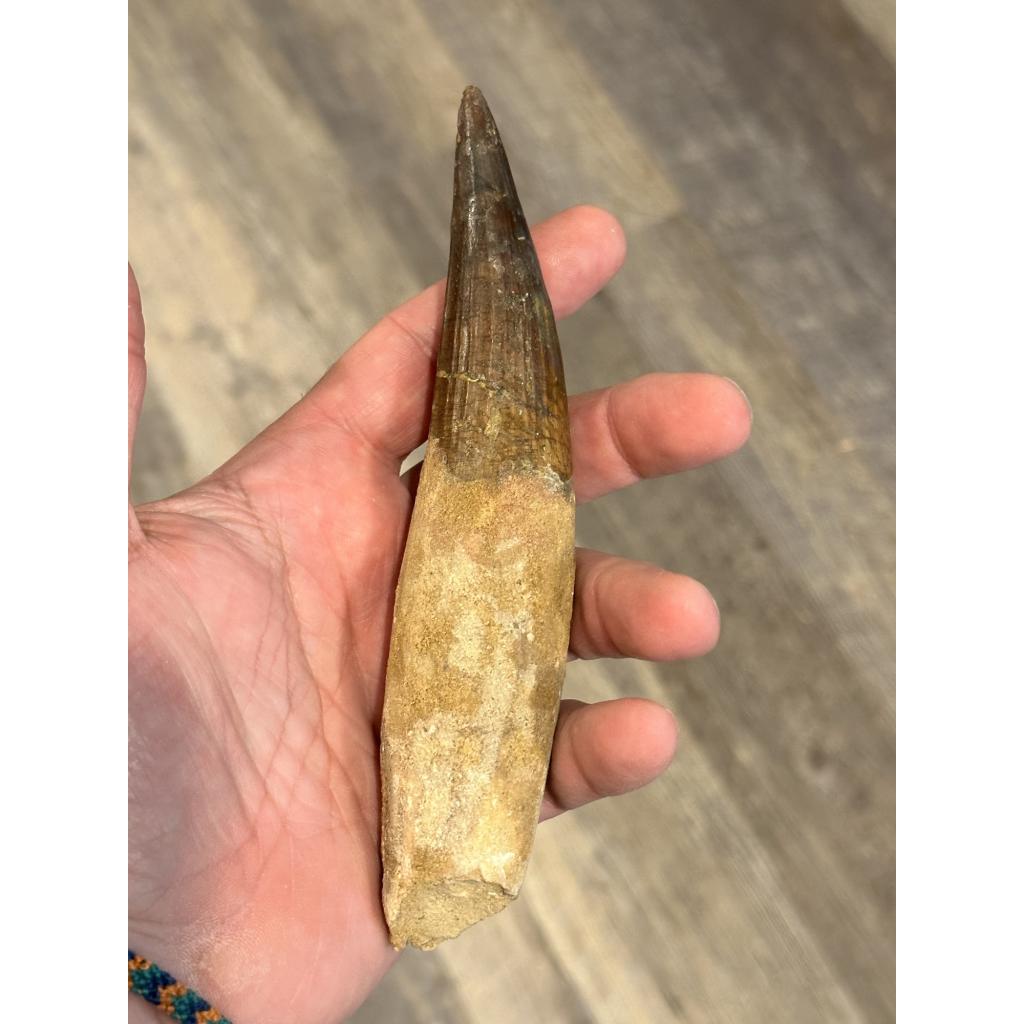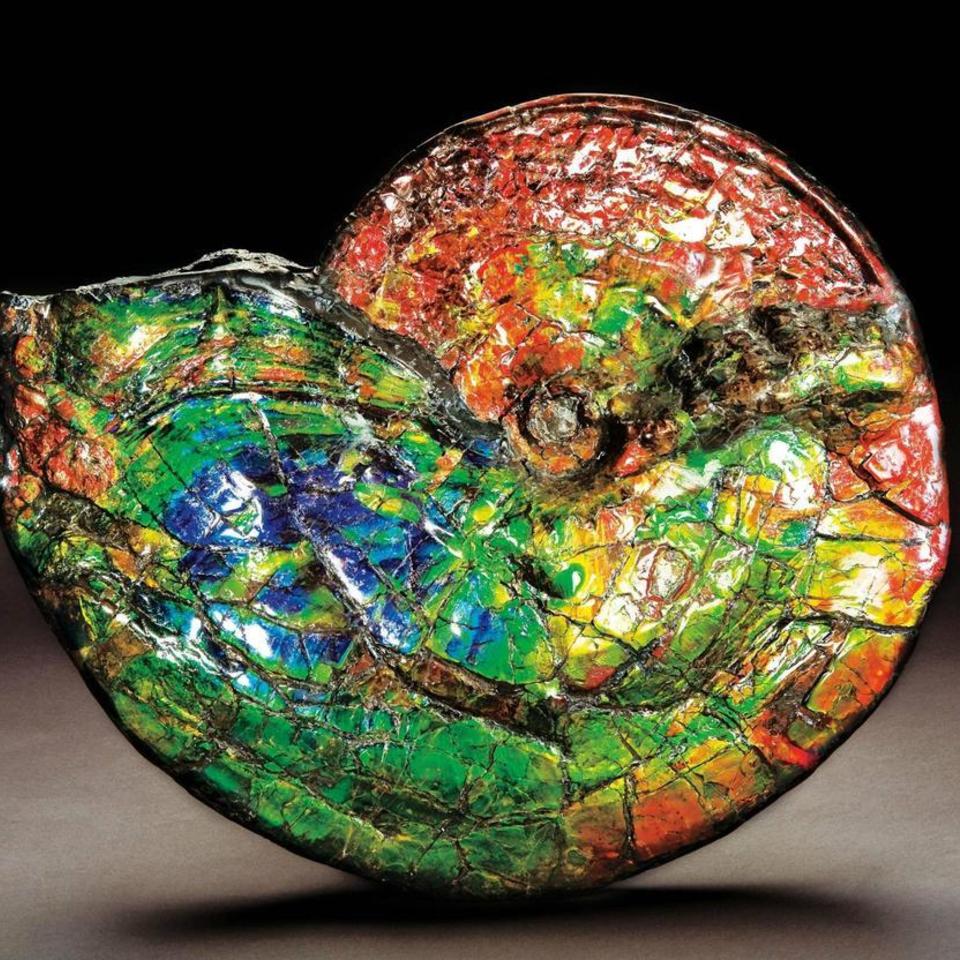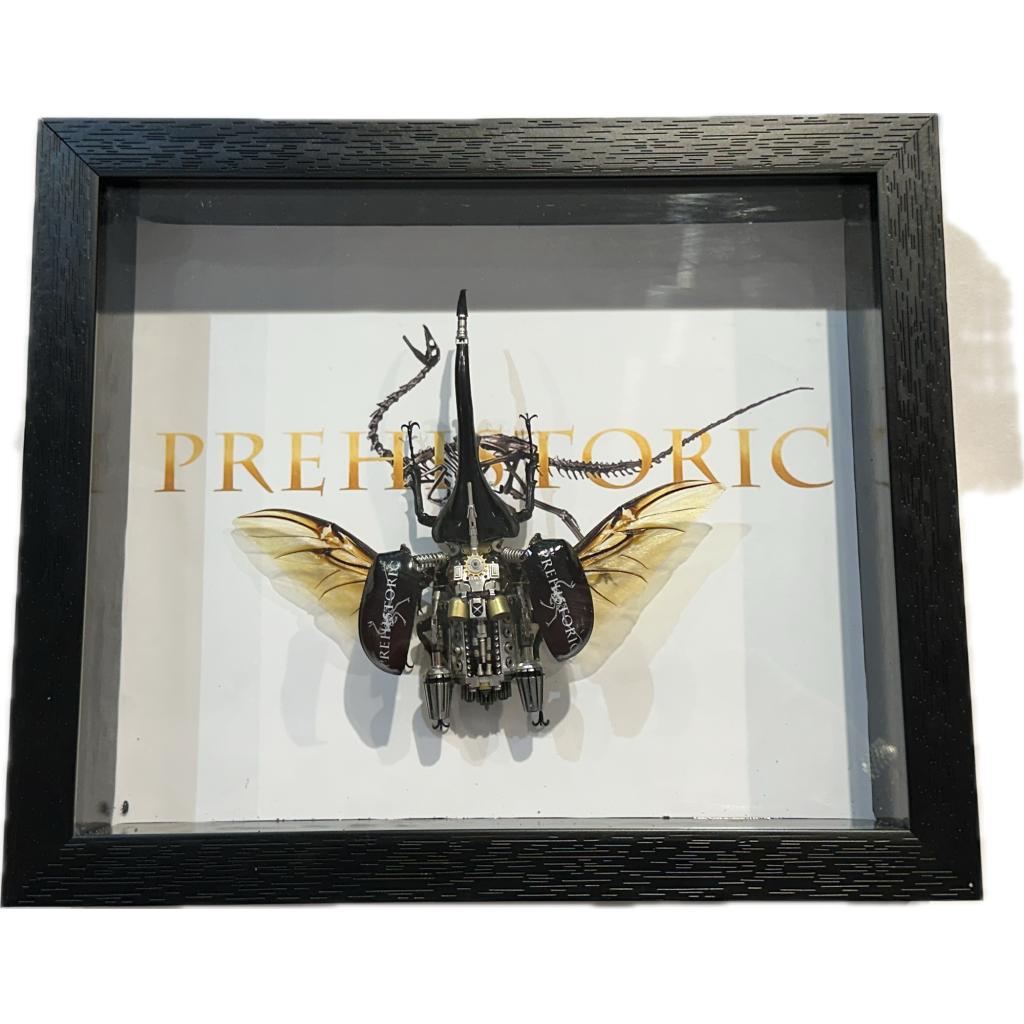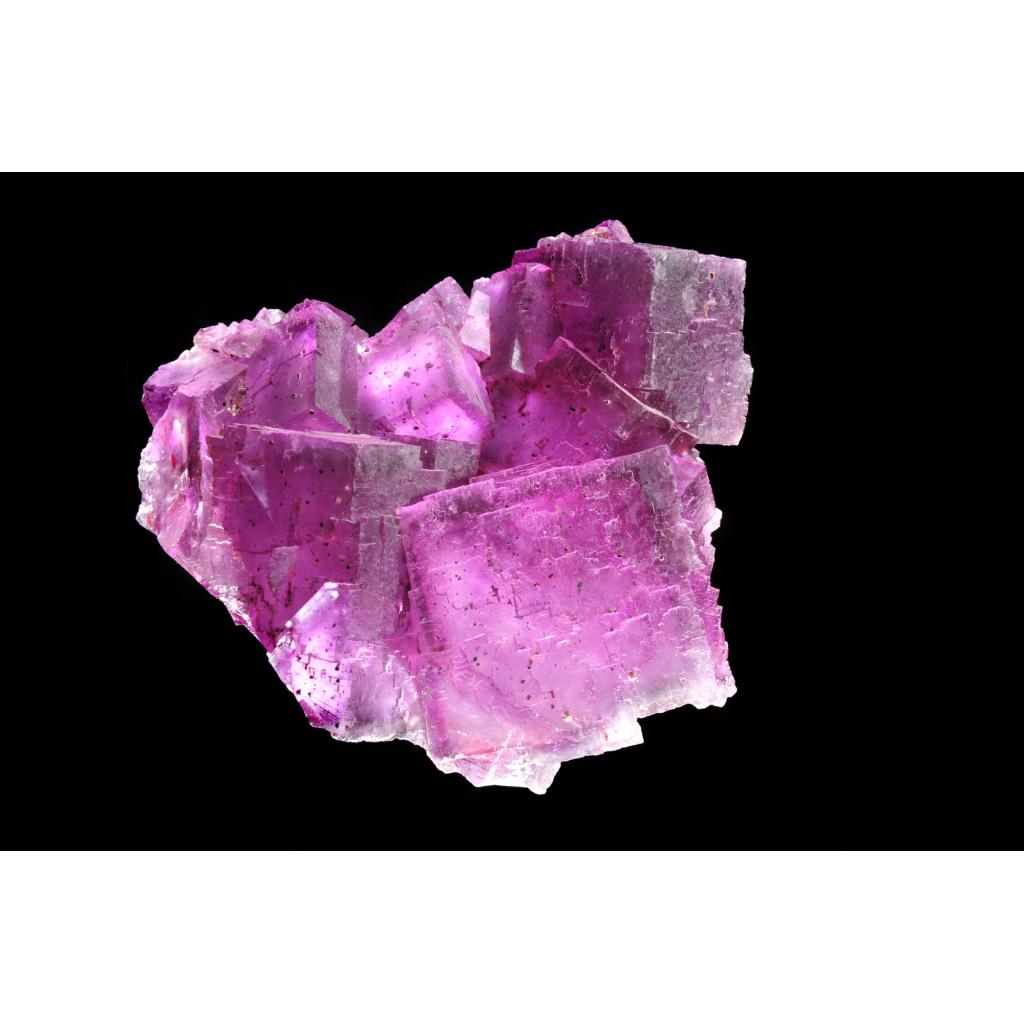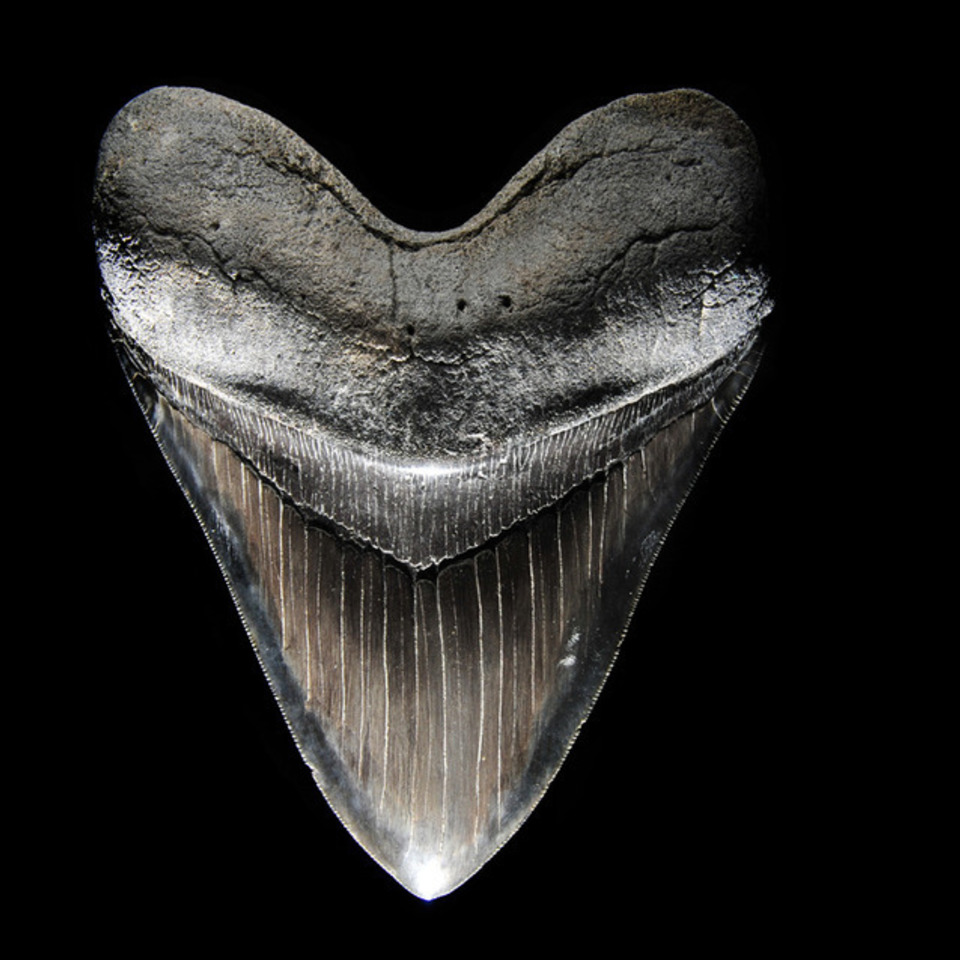Woolly Mammoths, Poetry in motion
The woolly mammoth, scientifically known as Mammuthus primigenius, is an extinct species of mammoth that once roamed the Earth during the Pleistocene epoch, which spanned from about 2.6 million years ago to around 11,700 years ago. These majestic creatures are perhaps one of the most iconic representatives of the last Ice Age, captivating the imagination […]
Woolly Mammoths, Poetry in motion Read More »

